PT | EN
POPULAR ART
Despite the inevitable contamination of cultures, Popular Art (or Folk Art) is seen as the individualized representation of a community or a specific group – being it social, economic or cultural. As in the primitive arts, the creations are usually produced by self-taught artists without any academic training, who transmit their knowledge from generation to generation.
It distinguishes itself from scholar art for its easy access and low cost, but also for its thematic subjects which almost always have reference in the popular imaginary, where the sacred and the profane are in constant confrontation.
The distance between the artistic creation and handicraft is very short and sometimes not even discernible. It is the mark of identity and the passage of time that distinguish the popular artist from the artisan. A master is only considered as such by art critics, as much as by its peers.
The devils of Júlia Côta, Rosa Ramalho and Domingos Mistério.
HEAVEN, HELL AND SOMEWHERE IN BETWEEN
Excerpts from the book “Heaven, Hell and Somewhere In Between – Portuguese Popular Art”, by Anthony Alan Shelton* (2015, MOA)
«Popular Art expresses the passion and verve emanating from the rich imagination and the social, political and religious experiences of its creators. In Portugal, this art of the people has also been useful to convey deep-seated, idealistic views of national identity, history and character.
Much of Portuguese popular art focuses on three highly imagined places: Heaven (the world of the saints, grace and salvation); Hell (the domain of the Devil, dystopia, annoyance and mischief); and Somewhere In Between (a country called Portugal whose people grapple with good and evil every day, as they have for centuries). Portugal art evokes and gives form to history, contemporary events, authorized and popular religious beliefs and the push and pull of Portugal’s powerful but ambiguous relations with the sea and the land. […]
Complex, contemporary, theatrical, political and often controversial, this is the theatre of a nation, where official ideologies collide with homegrown art and culture and spew forth deeply felt emotions, from ecstasy and transcendence to suffering and penitence. […]»
«Figurative pottery in northern Portugal “was born from a tendentiously feminine world”. In the nineteenth and twentieth centuries women occupied a socially mute position in a country that, for much of the last century, the Estado Novo attempted to domesticate even more. Within this quiescence, maintained from 1926 by state-sponsored censorship, intimidation and fear, women suffered an additional, older muteness imposed by long-established asymmetrical gender relations.
Religion and politics under the Estado Novo were mainly patriarchal domains. Usually only men became members of the brotherhoods and commissions that cared for local saints and planned their ceremonial processions and feast days, and often men alone had the right to represent their families at parish meetings. A woman’s property, upon marriage, usually passed to her husband. Propertyless, a woman was expected to assist her husband in agricultural work, tend the garden, devote herself to religion, be a good wife and mother and organize the home. […]
In the case of potters these gender-based mentalities were expressed through useful and valued products. Utilitarian works were always made by men, while fanciful dolls or bonecos, of no practical value, were made by women. These qualities were the basis of the familial economic unit and established an idealized harmony within the rural milieu. […]
The world of Portuguese women was an interior world – confined to house and mind – that in many places, few breached. Within this silent world, the potter Rosa Ramalho (1888-1977) was one of the few women who expressed her rich imaginative creativity. There were notable women potters before her, including the well-known Maria dos Cacos, who made and sold figurative work in the Caldas [da Rainha] area from 1820 to 1853, but it was Rosa Ramalho who best revealed the rich creativity, the restless play of thought and images and the uniqueness of a female imagination expressed through the play of hands rather than the syllables of the voice. […]
Under António Quadros Ferreira’s mentorship, Ramalho’s work came to be acknowledged, by state and public alike, as embodying the quintessential elements intrinsic to a distinctive Portuguese art identity. Ramalho was perhaps the major exponent of much of the corpus of forms that still frames the figurative work of Barcelos. […]»
The figuration of Christ in Portuguese Folk Art (Rosa Ramalho, Mistério, José Maria Rodrigues).
«Given the Estado Novo’s strong support of the Church and its strategic function in creating a forceful Christian morality and apostolic mission, the importance of religious themes in popular art is not surprising. However, large figures of Christ and the saints do not appear to have been made in Barcelos before the 1950s and the 1960s. Many of the saints moulded or fashioned in Barcelos are central to Portuguese popular and institutional religion, whereas representation of local or more obscure saints are rare. […]
All the barriers and conventions that, in instutionalized religion, separate the congregation from the presence of God, the Holy Family and the saints, have been dispensed within these ceramic pieces so that in the domestic space there is a contiguity, similarity and familiarity between the divine and the everyday; between saints and humans; between the behaviour and values of supernatural and ordinary personages; and between the reign of Heaven and the temporal world.
Such common values might be compared to the spiritual revelation that linked divinity with the essence of Portuguese identity under the mentorship of Estado Novo and later governments, but the argument is not completely persuasive. In contemporary popular art, the work of the spirit has been subverted; instead of being constituted between Church and state, it has been appropriated and transfigured by such artists as Rosa and Júlia Ramalho; Manuel, Francisco and Domingos Lima (Mistério); Júlia Côta; the Baraças and Zé Augusto [artisan from Aveiro].
The ceramic sculptures of these artists suggest that saints and ordinary people share common values of goodness, kindness and humility. This is a long way from the orthodox image of saints: transcendental, institutionally alienated beings separated from common experience by a fault line that values apostolic and millenarian ambitions over those of the hearth and everyday labour. This is art for this world and the present, not an imagined other world in some indeterminate future. […]»
The evolution of the figure Carrôcho, by the Ramalho family (Rosa, Júlia e António).
«Both the Estado Novo and the Church upheld absolute values of good and evil in which the political good and national aspirations complemented religious grace and followed divine will and destiny. Such moral absolutism, which outlasted the political structure that supported it, exerted a pervasive influence on popular art by focusing it on the representations of good and evil as major themes. […]
More often than not, contemporary images of Diabo in popular culture represent him as a non-menacing, almost derisive character. Such figures are always painted in red and black, sometimes with other colours added. Their features range from mildly ferocious or menacing, like the busts and figures moulded by Domingos, Francisco and Manuel Esteves Lima [Mistério] and similar ones by Júlia Côta, to almost endearing creatures, like those by Nelson Oliveira, which depict Diabo and his family with infantile faces, plump cheeks, wide eyes and awkward chubby bodies. […] The universe of supernatural and marvellous creatures that constitute a large part of the work of the Ramalho’s bestiary provides an interesting example of how this strongly polarized and oppositional dualism promulgated by state and ecclesiastical institutions was mediated through individual artistic creativity. […]
In its provocation of imaginative furor, even when intended solely as an allegory, Os Lusíadas rivals the Bible as a source of the marvellous. Together, the two texts offer the possibility of different hybrid or allegorical interpretive strategies, ranging from their complementary potential, in which image worlds can be elided together, to alternative iconographies that express different but related worlds. The dissemination of the Bible and Os Lusíadas to a mass population in the twentieth century provided a richer imaginative universe to inspire the work of popular artists than available to their nineteenth-century forerunners. […]
Much of Portuguese popular art of the twentieth century was an art of nostalgia – an idealization of a world it can only imagine through family memories and the reproduction of subjects and themes begun by past generations and filtred through a specific literary and religious tradition. Such memories, however, seldom reach back more than a century and firmly place their inception in either the Republican era or the dictatorship. The representation of good and evil, far from being transcendent and eternal, belongs to a specific time and place. […]»
Winter ritual masks from Trás-os-Montes.
«Diabo is commonly represented in masquerades performed during the saint’s day celebrations [Festas de Santo Estêvão] that coincide with the autumn equinox and the winter solstice. In these contexts, Diabo‘s mask, costume and actions identify him as the lord of harbinger of evil with an iconography that coincides with scripture and the older mythology already described. […]
Demonic masks and masquerades that make an appearance between 25 and 26 December are mostly limited to Trás-os-Montes, formerly the most isolated part of northern Portugal. They are no longer used only by boys to mark their coming-of-age ceremonies, known in different villages as the festas dos rapazes (boys’ ceremonies) or festas dos caretos (mask ceremonies), but also used in performances which in many cases include girls, children and older men and are becoming spectacles and emblems of local and regional identity. Masks are made of wood or metal or less commonly hide, cardboard or plastic, and are worn with one of two types of suits, used throughout the area at Christmas or for Carnival celebrations. […]
In Grijó de Parada, Torre da Dona Chama, Varge and Aveleda, four villages close to the city of Bragança, masks are usually made of metal and carry none of the sculptural innovation found in the wooden masks of Ousilhão [or Lazarim]. But because of their similar moral ambiguity, they function with a like purpose, regardless of whether they have elaborate or simple iconographies. In performances connected to the feast day of Santo Estêvão, Diabo inaugurates the period of anti-structure during which the social body and social-divine relations on which life and well-being depend are temporarily denuded and exposed through satire, indiscretion, revelry and ribald behaviour before it is quickly contained and commitment to social order is reconfirmed.
Diabo also appears in Carnival, which, unlike the feast day of Santo Estêvão, is marked by celebrations throughout the country in the weeks before the Catholic holiday of Lent. Carnival also reverses social relations and modes of behaviour, reiterating the identification of the demonic with anti-structure and reconvening the performance of some of the masks and costumes already described.»
*
Anthony Alan Shelton is an anthropologist, writer, curator, educator, administrator and critic. Originally from Britain, he is a leader in museology, cultural criticism, and the anthropology of art and aesthetics. Prof. Shelton has more than 30 years of teaching, curatorial, and management experience. He has held posts at the British Museum, the Horniman Museum, the Brighton Museum & Art Gallery, University College London, the University of Coimbra (Portugal) and the UBC Museum of Anthropology (Canada).
www.anthonyalanshelton.com
![]() INFO/LINKS
INFO/LINKS


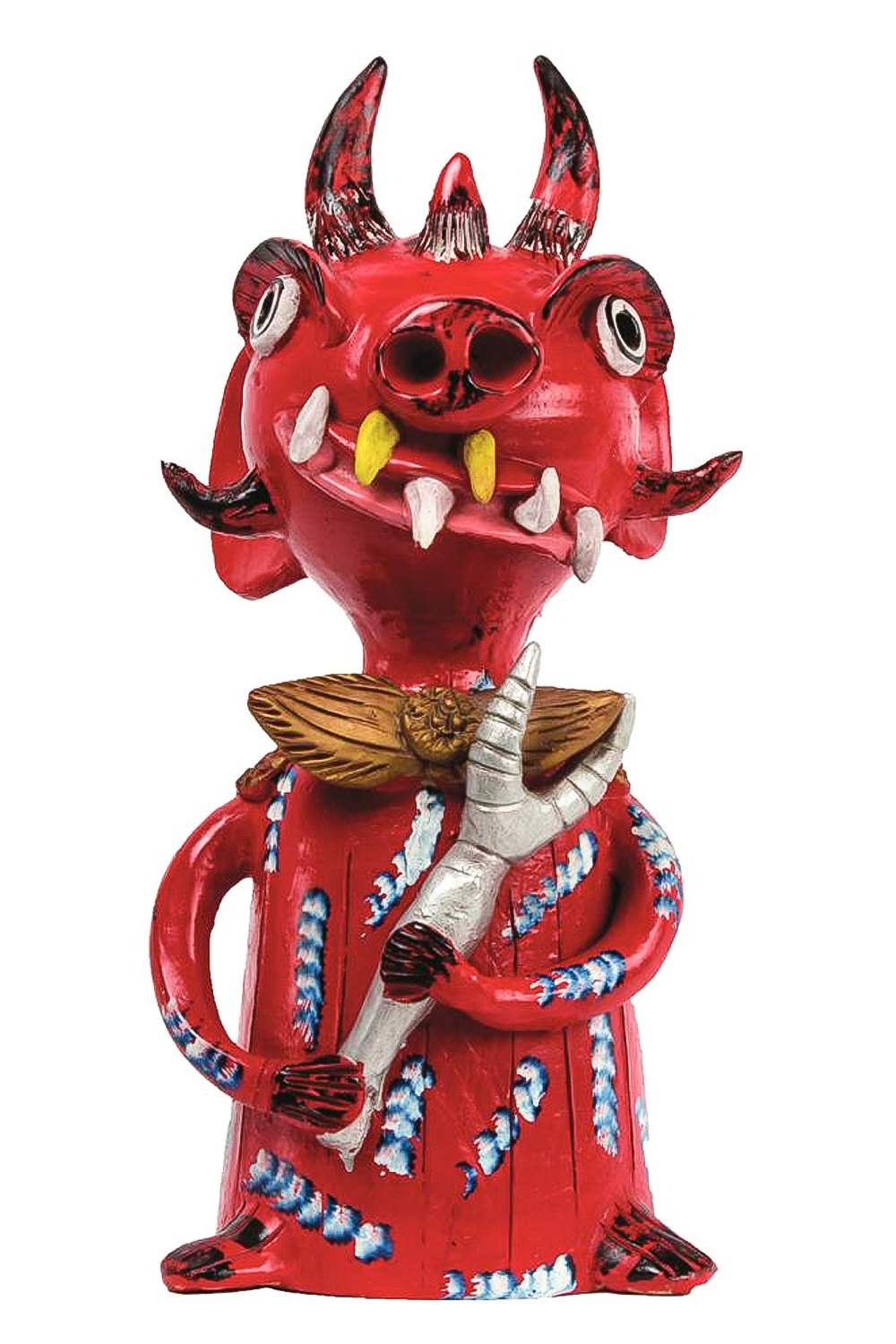

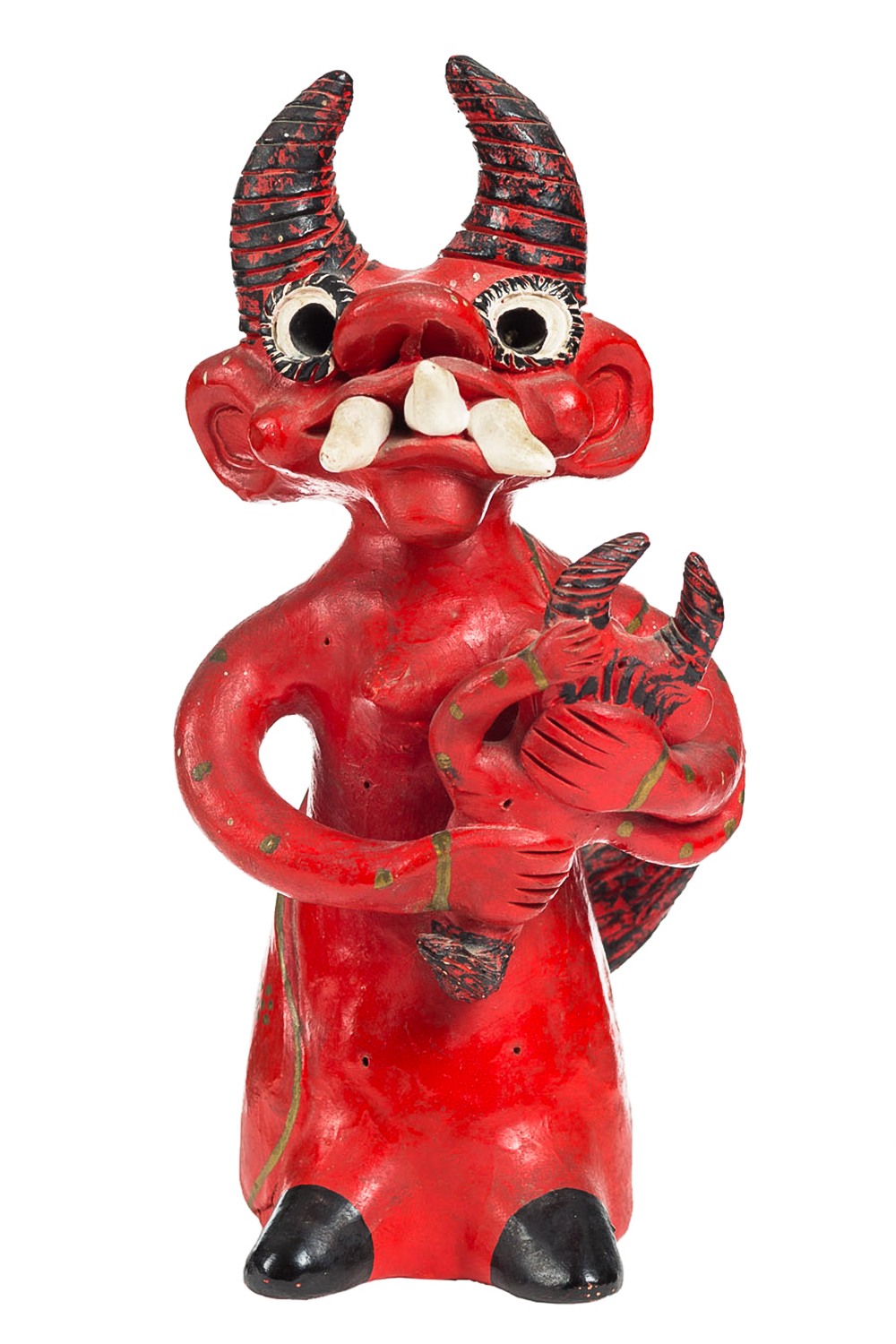
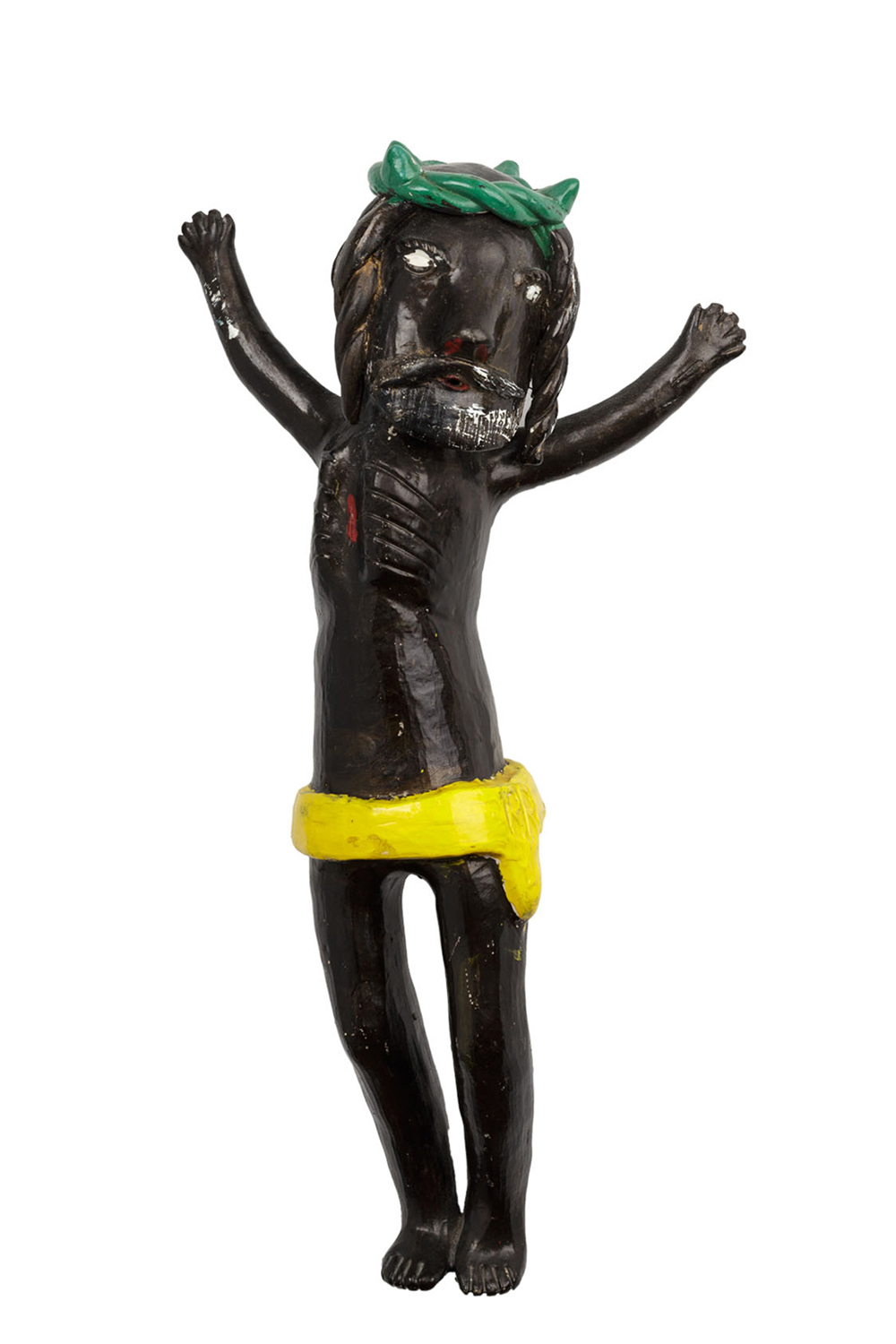
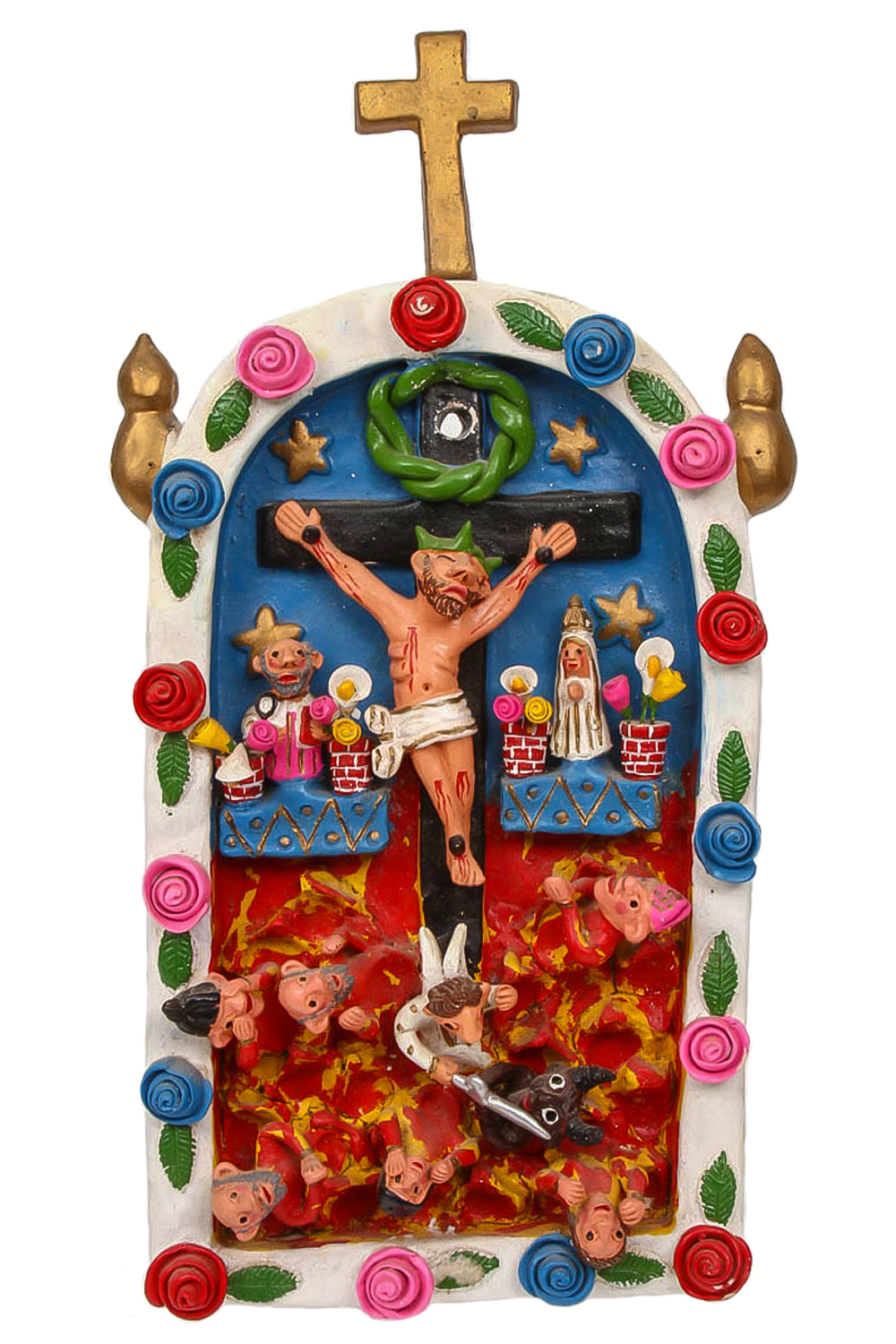
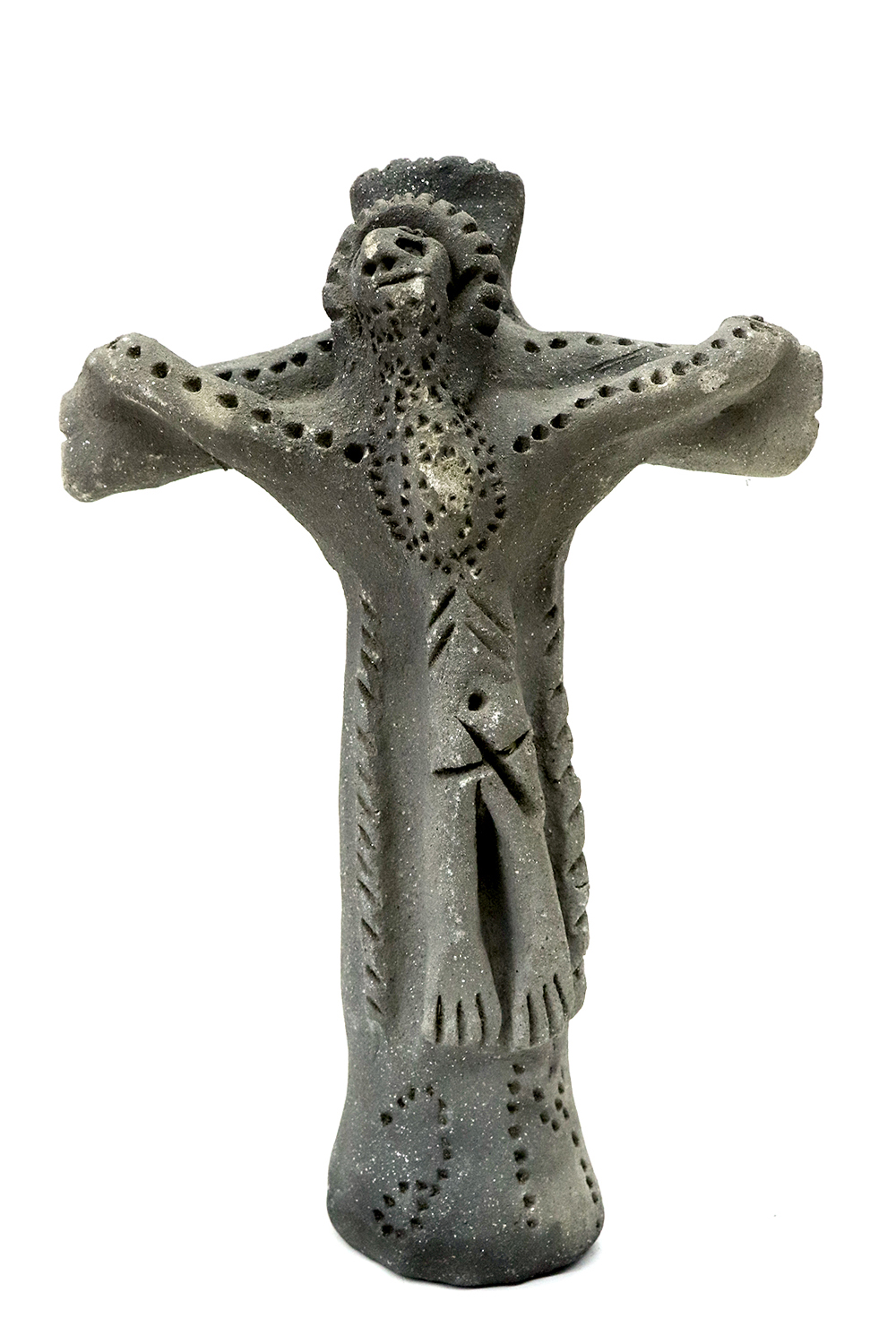
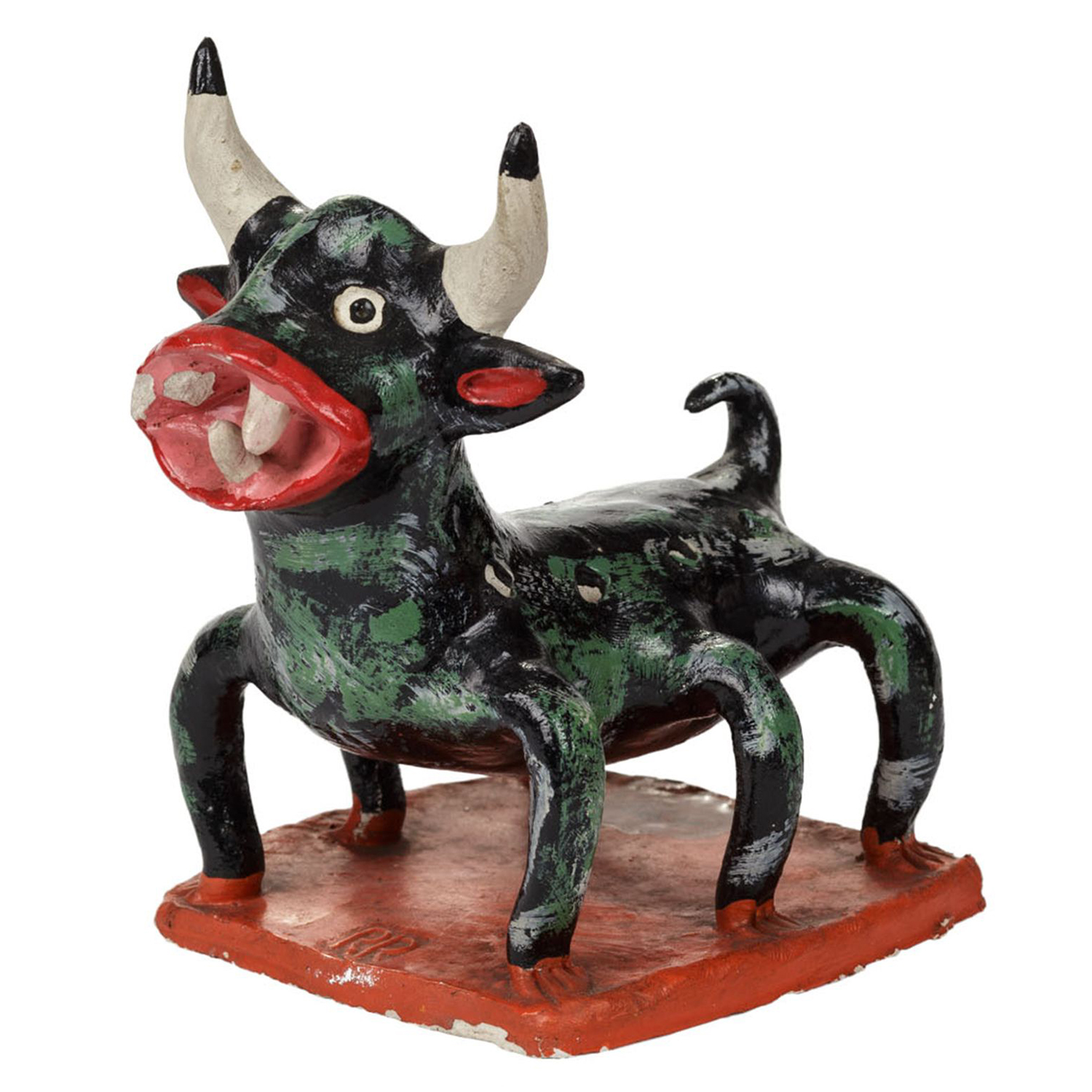
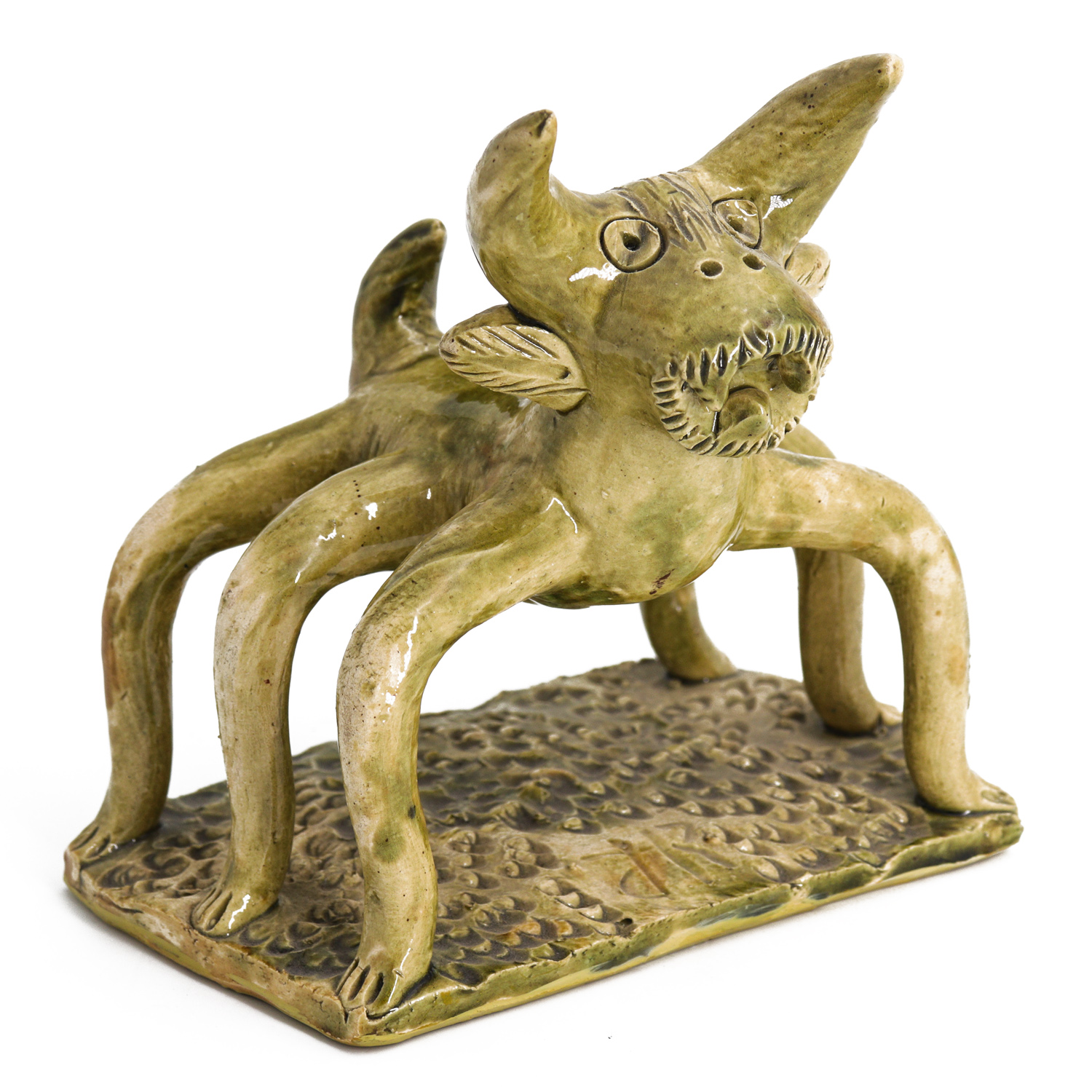
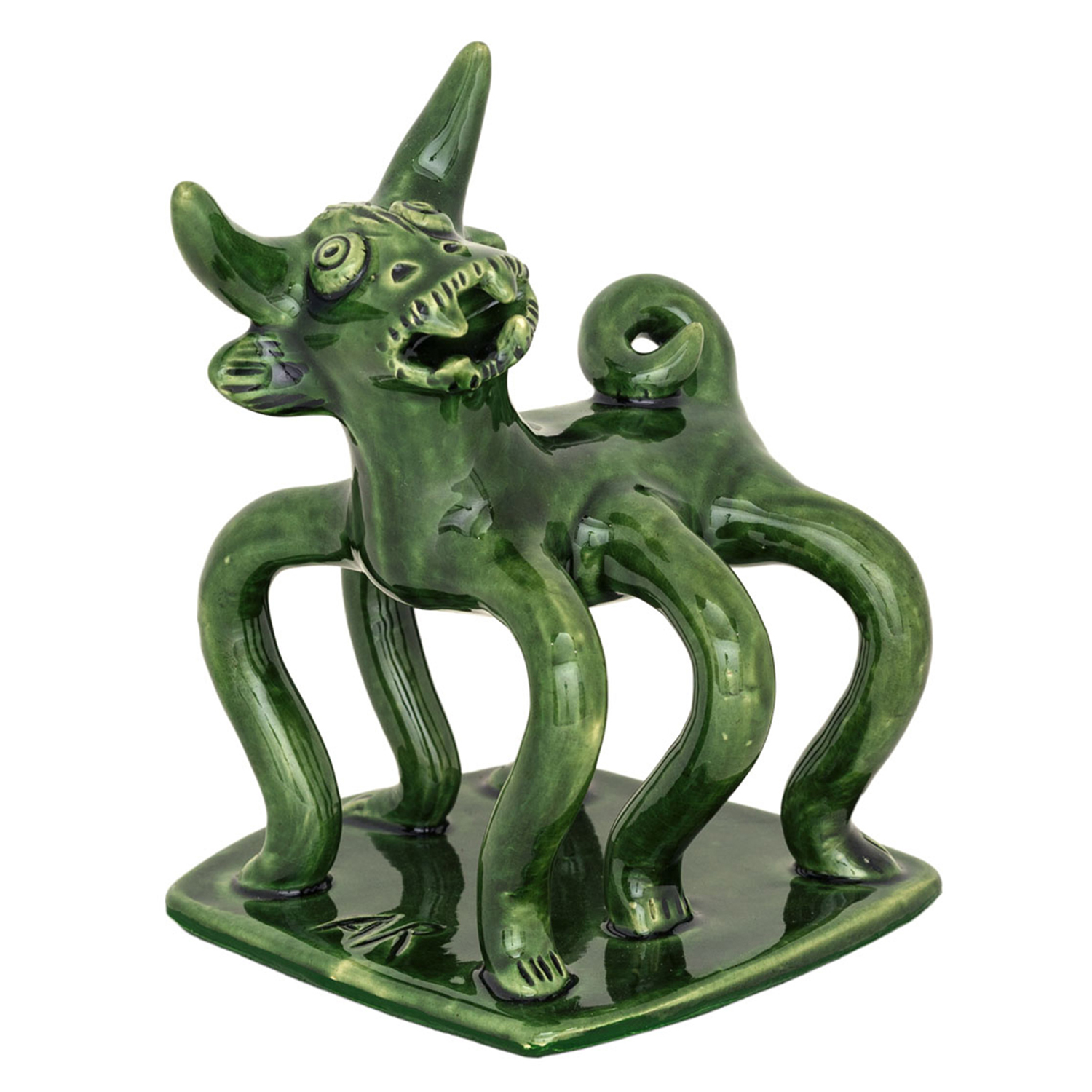
![Máscara dos Rituais de Inverno de Trás-os-Montes, Tozé Vale, Vila Boa de Ousilhão - Vinhais, 2016, madeira [COLECÇÃO CRUZES CANHOTO]](https://cruzescanhoto.com/wp-content/uploads/2021/07/1-2.jpg)
![Máscara dos Rituais de Inverno de Trás-os-Montes, Fernando Pinelo Tiza, 2016, Varge - Bragança, metal pintado [COLECÇÃO CRUZES CANHOTO]](https://cruzescanhoto.com/wp-content/uploads/2021/07/2-1.jpg)
![Máscara dos Rituais de Inverno de Trás-os-Montes, José Vaz, séc. XX, Varge - Bragança, metal pintado [COLECÇÃO CRUZES CANHOTO]](https://cruzescanhoto.com/wp-content/uploads/2021/07/6-1.jpg)

![Máscara dos Rituais de Inverno de Trás-os-Montes, Tó Alves, 2016, Varge/Baçal - Bragança, escrinho [COLECÇÃO CRUZES CANHOTO]](https://cruzescanhoto.com/wp-content/uploads/2021/07/5-1.jpg)
![Máscara dos Rituais de Inverno de Trás-os-Montes, Isidro Rodrigues, 2021, Aveleda - Bragança, metal pintado, madeira, pêlo de ovelha [COLECÇÃO CRUZES CANHOTO]](https://cruzescanhoto.com/wp-content/uploads/2021/07/3-1.jpg)
![Máscara dos Rituais de Inverno de Trás-os-Montes, José da Silva Costa (Costinha), Lazarim - Lamego, 2013, madeira [COLECÇÃO CRUZES CANHOTO]](https://cruzescanhoto.com/wp-content/uploads/2021/07/7-2.jpg)

![Máscara dos Rituais de Inverno do Nordeste Transmontano, João Manuel Esteves, 1990-2000, Ousilhão - Vinhais, madeira, 47x40x36cm – Ref CC17-002 [COLECÇÃO CRUZES CANHOTO]](https://cruzescanhoto.com/wp-content/uploads/2021/07/9-1.jpg)
